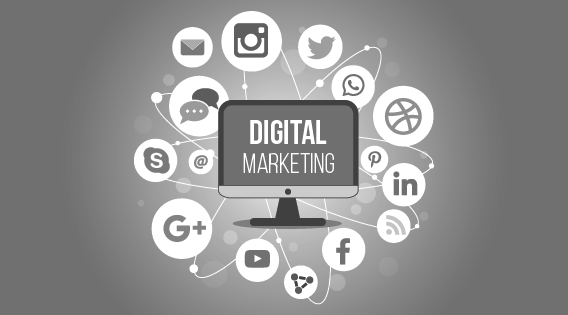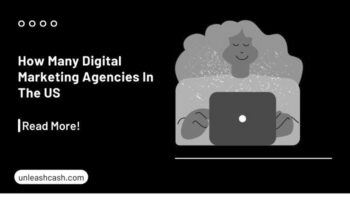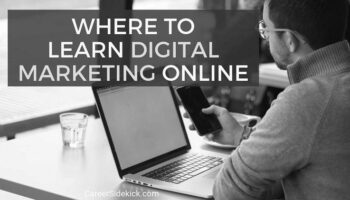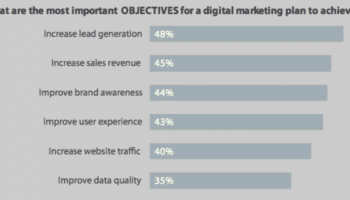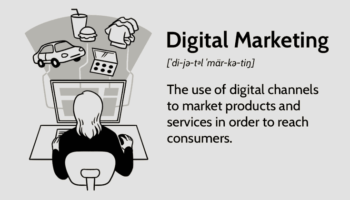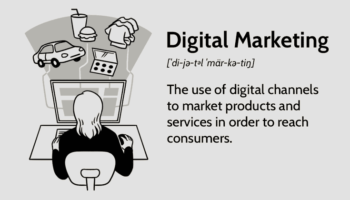When it comes to online marketing, you can use several different tools to reach your target market. These include Pay-per-click (PPC), Email marketing, Content marketing, and Social media marketing. These tools are all critical to your online marketing efforts. Using them effectively will help you reach your audience and increase sales.
Pay-per-Click (PPC)
If you’re an internet marketer, you may be interested in learning more about Pay-per-Click (PPC), one of the most popular forms of online advertising. PPC involves setting up and executing advertisements using search engines like Google. These ads typically contain a targeted keyword, a blurb about the product, and a call to action. Once the ad is clicked, the visitor will be directed to a landing page, typically the advertiser’s website. The end goal is to convert those visitors into customers.
PPC advertising is often used to get a brand’s name to the top of search results. It allows businesses to run ads at the top of search results instead of having to rank high for a keyword. PPC advertising is offered through countless ad networks, including Google Ads, formerly Google AdWords.
PPC is also used on social media sites such as Facebook, where ads can be displayed directly on the SERP. This allows potential customers to see essential information about a product before clicking on it. Most social media platforms have tools to enable advertisers to target demographic and interests, which can be helpful when targeting a specific audience.
Pay-per-Click advertising is most effective when paired with other forms of online marketing. The model is advantageous to both the advertiser and the publisher. It allows advertisers to reach the right audience with minimal investment. With a well-designed campaign, advertisers and publishers benefit from a high return on investment. PPC advertising provides a primary revenue stream for many online businesses.
PPC advertisements have two main models: flat-rate and bid-based. The advertiser and publisher agree on a set amount per click in both models. This amount is usually linked to the content on the page. Higher-quality content attracts higher CPC rates. Negotiating a lower rate for a long-term, high-value contract is also possible.
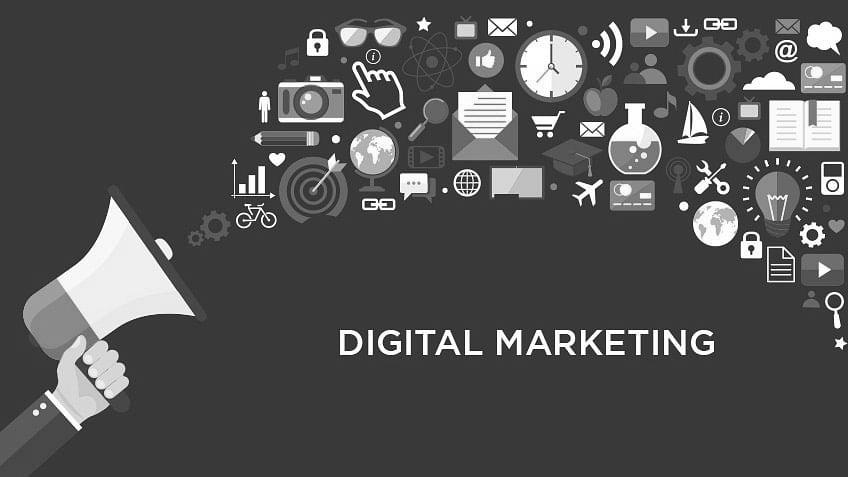
Content marketing
Content marketing is the process of creating and sharing information that can be beneficial to your customers. This can be done through various media, such as blogs and videos. This is a great way to create brand preference and strong customer relationships. The best content is not directly promotional but helps to build trust and relationships.
Content marketing is one of the most common methods used by B2B companies. These companies often use LinkedIn, account-based strategies, and niche audience development to reach their customers. In B2B markets, sales cycles are months or even years long. In addition, customers often have RFPs worth millions of dollars.
Content marketing can generate exponential growth in traffic, leads, and sales. When done correctly, it utilizes video, blog articles, and guides to reach different audiences. These resources help you attract leads, build trust, and shorten sales cycles. In a world where 68 percent of experiences online begin with a search engine, content marketing is an invaluable tool.
A content marketer creates content marketing campaigns to increase traffic to a company’s website, particularly its key product pages. They work closely with craft specialists to produce engaging content, monitor campaign performance, and report on results. Typical content marketing campaigns include informational-style articles that answer common questions people have when searching for products and services.
Content marketing is closely linked to inbound marketing and customer experience-based approaches. It is usually used as a top-of-funnel tactic, but it can also nurture existing relationships and convert leads into customers. Content marketing can be divided into three types: paid, owned, and earned. Paid content is usually behind a paywall, and owned content is published on a business’s channels.
Email marketing
Email marketing is an integral part of the marketing mix in online marketing. These emails introduce new products, increase brand awareness, and provide information about upcoming events. Most of these emails contain a generic call to action or a special offer to encourage the recipient to take action. Sometimes, the emails include links to related posts on the business’s website.
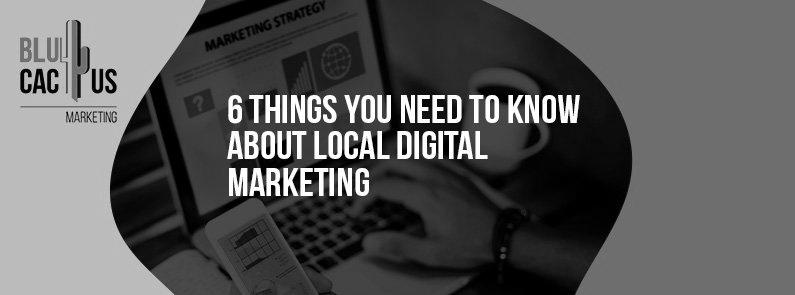
Email marketing is the oldest form of digital communication and one of the most effective marketing strategies available. It is a cost-effective way to communicate with customers and has a high ROI. It is a powerful tool with a worldwide user base of more than 4.5 billion people. The email marketing ROI is over $36 for every dollar spent, which puts it above social media, affiliate marketing, and SEO.
Email service providers allow you to choose a plan based on the size of your list. Standard techniques usually have the lowest monthly price. You can also look for programs targeting specific email list segments. ESPs have analytical tools that can help you identify which types of emails are most effective for a particular marketing strategy.
Email design is another critical factor to consider. Because half of the internet traffic is mobile, your emails should be optimized to work on mobile devices. That means adjusting the layout and image size. If you don’t design your email to be mobile-friendly, you might lose subscribers faster than expected.
Email marketing has become increasingly influential since the internet was made commercially available. Before, email was a novelty, and marketers were unaware of its potential. The first mass email to Digital Equipment Corporation was in 1978 by Gary Thuerk, who sent the email to 400 prospective customers via the ARPANET. The email reportedly resulted in sales worth $13 million.
Social media marketing
Social media is an essential part of online marketing and is an effective way to increase brand awareness. It can also improve customer satisfaction and service. It also helps to build one-on-one relationships. Social media is also cost-effective and easy to use for marketing teams. Social posts can help drive traffic to a brand’s website, promote blog content or landing page offers, and encourage users to engage with the brand.
A social media management platform helps business owners get the most out of social media platforms. Buffer is an excellent example of such a tool. Buffer and other social media management tools are powerful tools that can help a business achieve success with social media marketing. In the early days of social media marketing, companies would post and share content on social media, hoping to gain brand awareness. However, as time passed, businesses began using social media to increase sales and traffic.

Social media marketing is growing in popularity, and a good strategy will involve engaging with consumers and putting out engaging content. This will attract more followers and fans. These followers will become loyal and spread the word about your business. In addition, many companies offer lead generation programs, which will help you generate leads.
Social media marketing is an effective way to build relationships with customers, prospects, and existing clients. Moreover, it allows businesses to respond quickly to negative reviews and promote positive ones. Lastly, it makes it easier for customers to find information that pertains to them. For instance, someone looking for a particular product or service can search for it using hashtags or other content.
Affiliate marketing
Affiliate marketing is a form of online marketing that enables you to sell products and services that are not directly related to your product or service. In this way, you can save money by not hiring a sales team. Moreover, you can promote products to a niche audience more likely to respond positively to such marketing strategies.
Affiliate marketing is one of the most popular ways to earn money online. It involves partnering with a merchant, the brand, or the person selling the product or service. This advertiser may be a blogger or a major corporation. In exchange, the affiliate earns commissions every time someone buys a product through the affiliate link or code. This approach enables the brand to reach a broad audience that it may not have otherwise.
The key to succeeding in affiliate marketing is building relationships with other people and establishing trust. You need to know your audience and be honest in your recommendations. You should also have in-depth knowledge of the product you are selling as an affiliate. However, it would help if you didn’t try to push the product as your main objective.
Affiliate marketing is a profitable and inexpensive method of advertising. If you can build a large base of loyal customers, you can scale your business quickly without hiring additional workers. You can also introduce new products or services to your existing audience and launch campaigns for these. Affiliate marketing is also a great way to promote new products and services.
